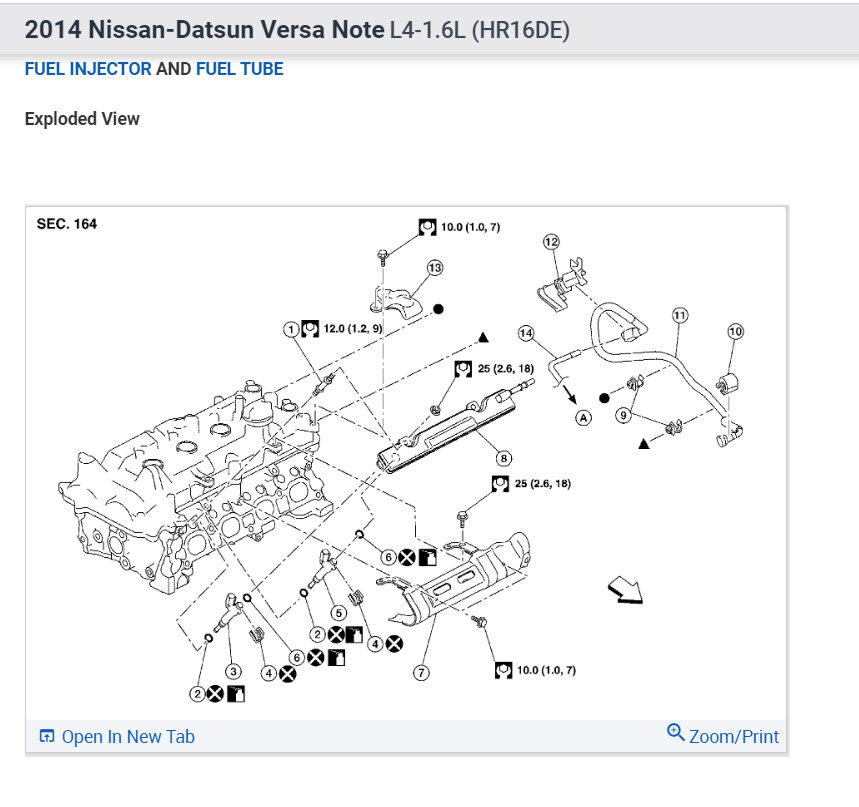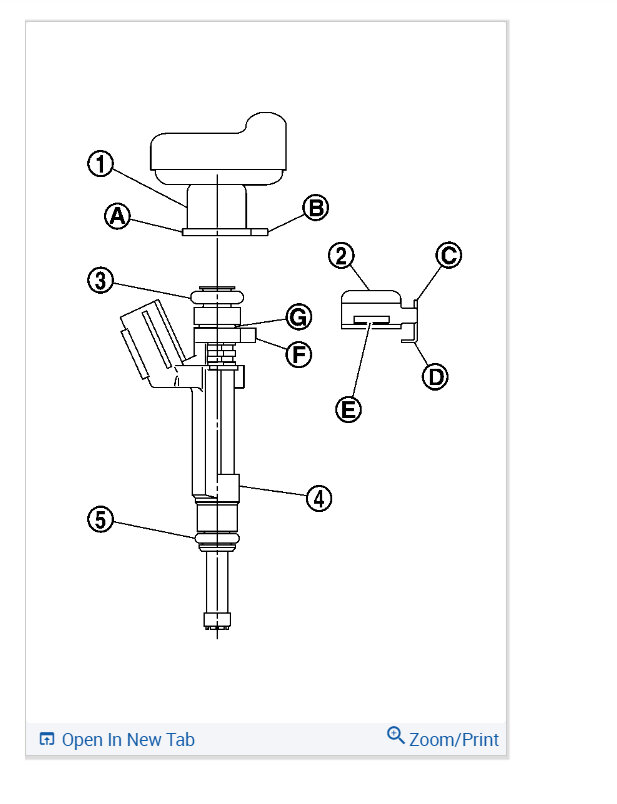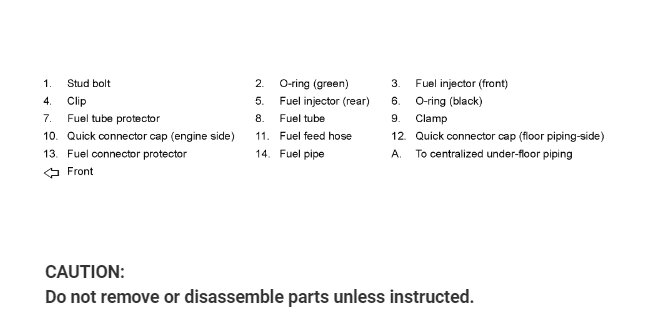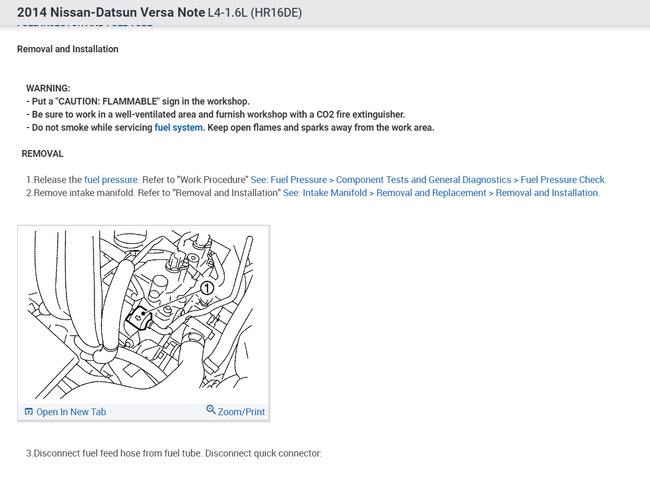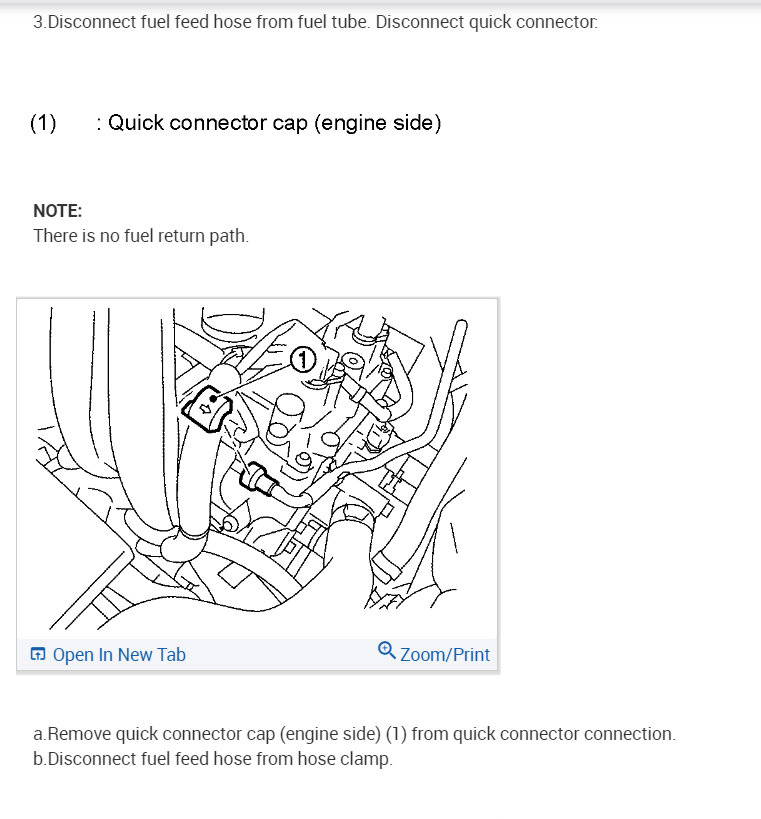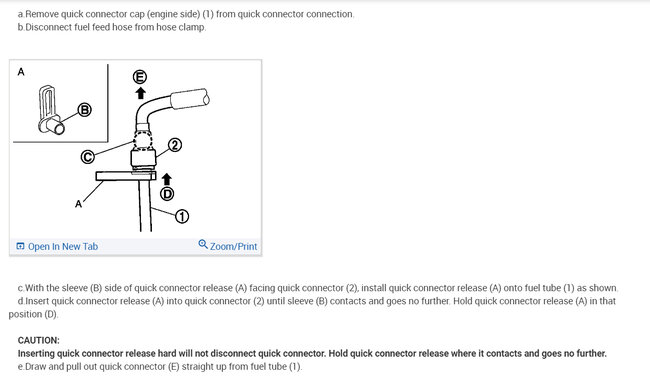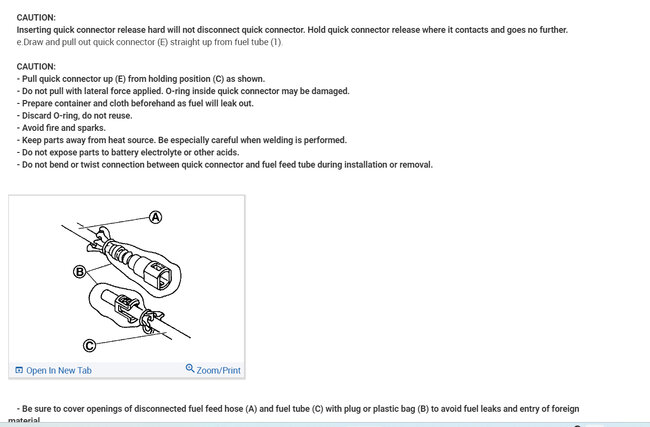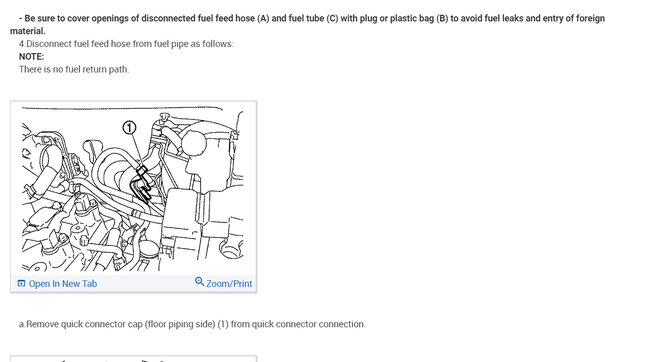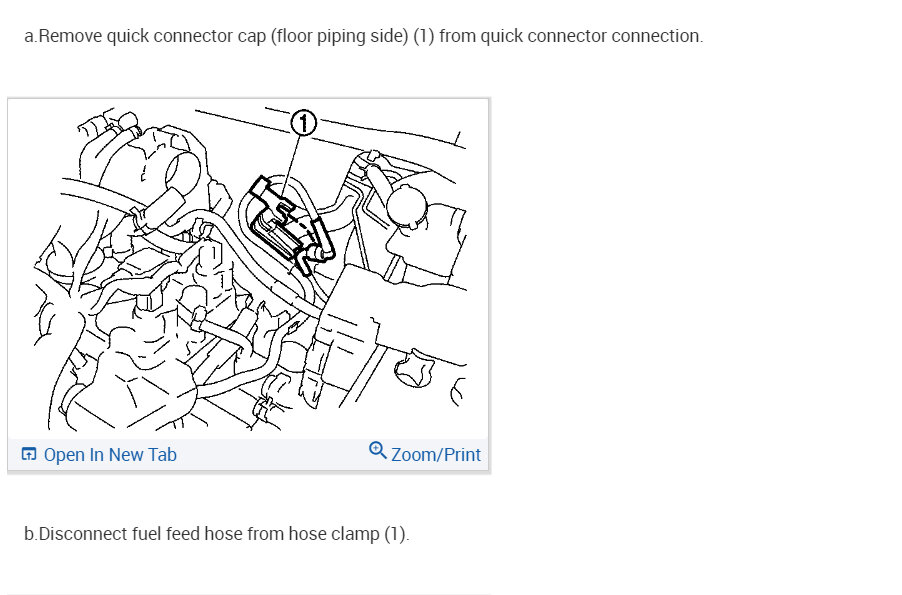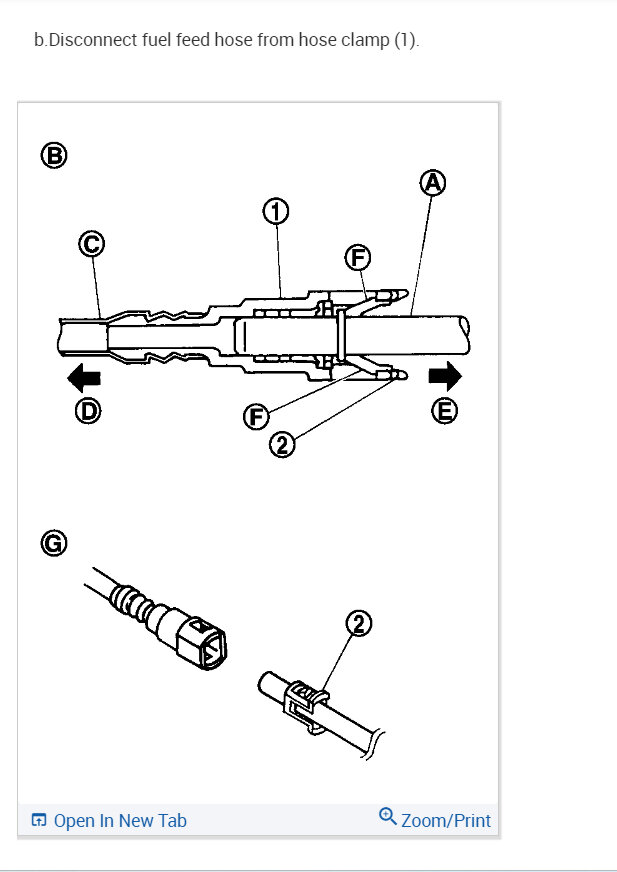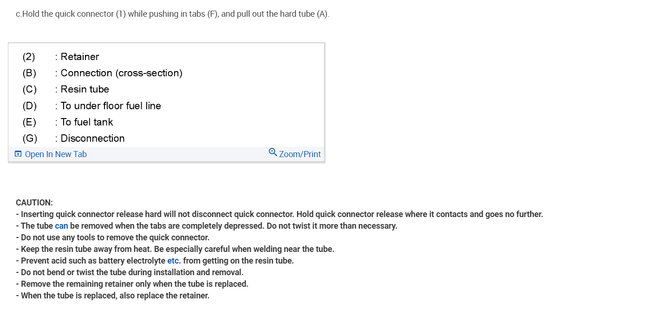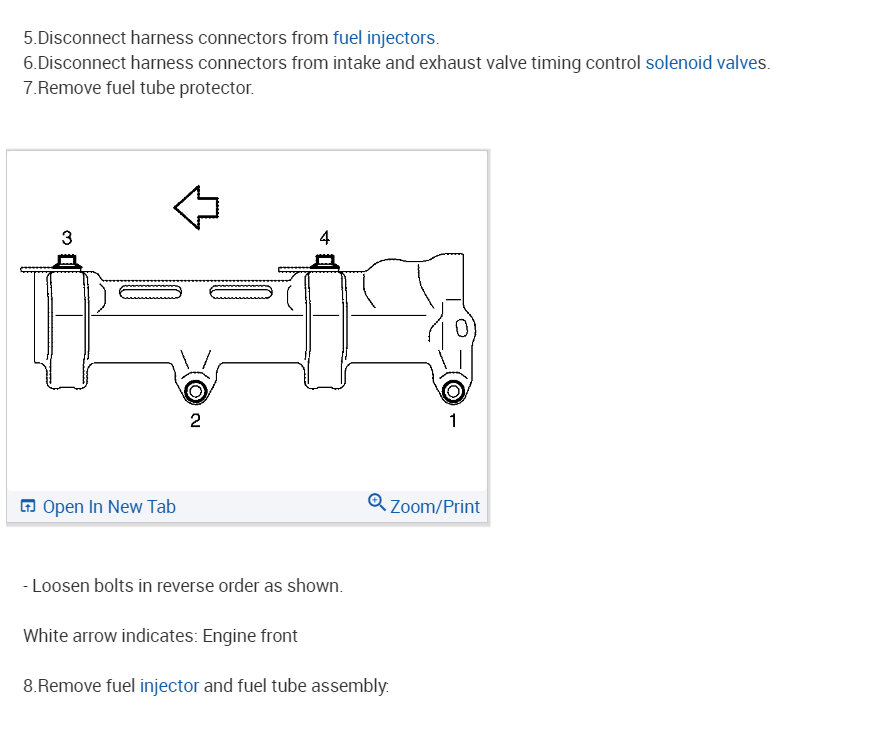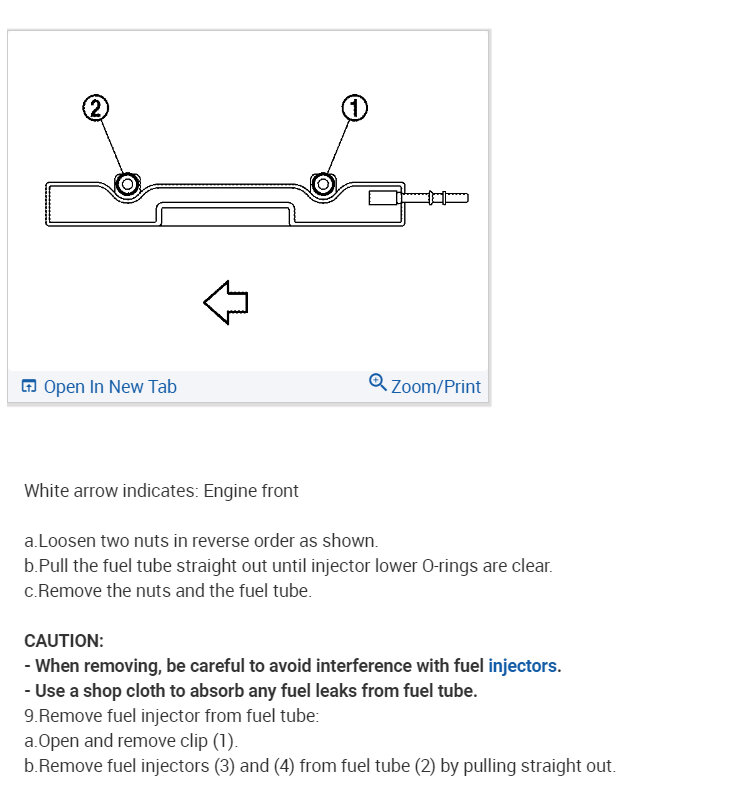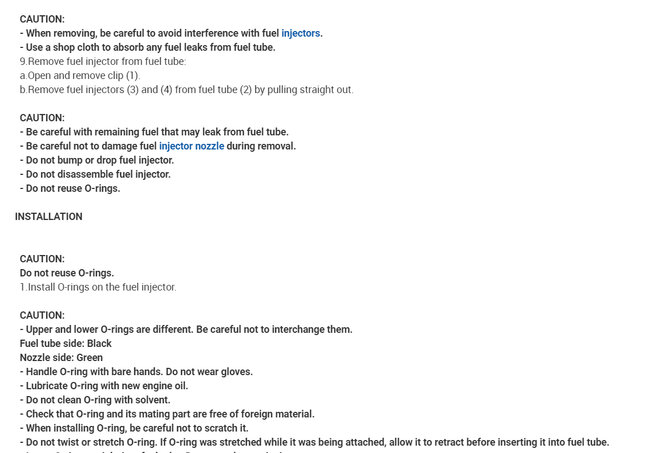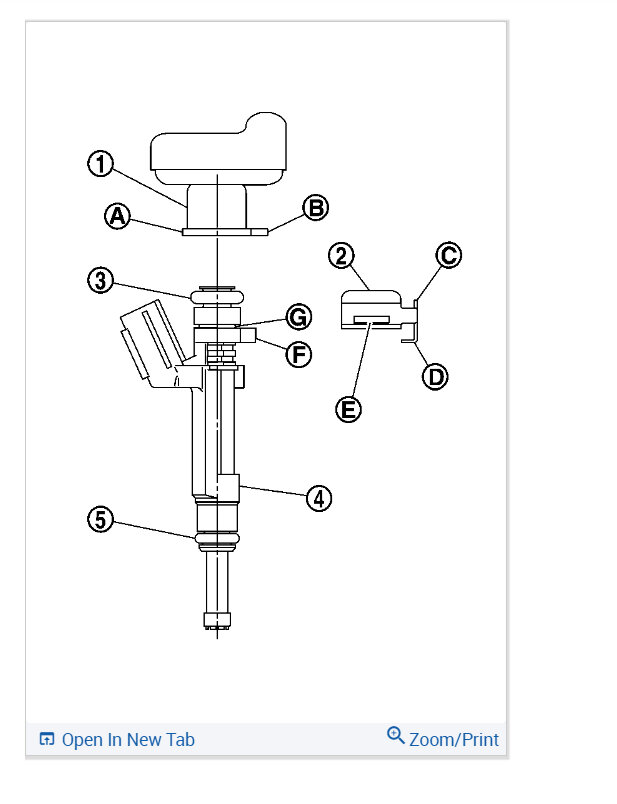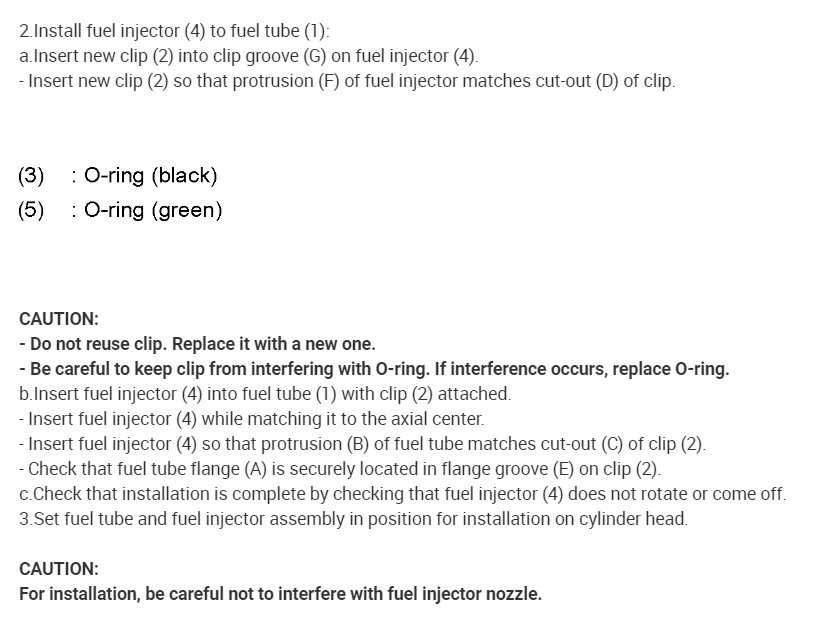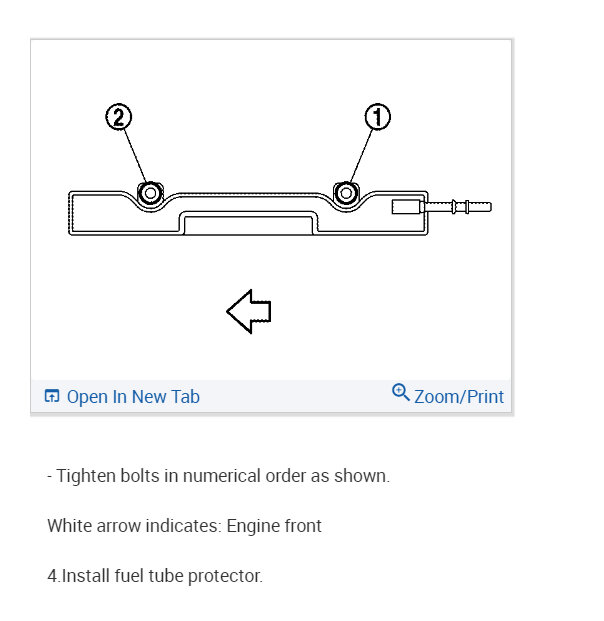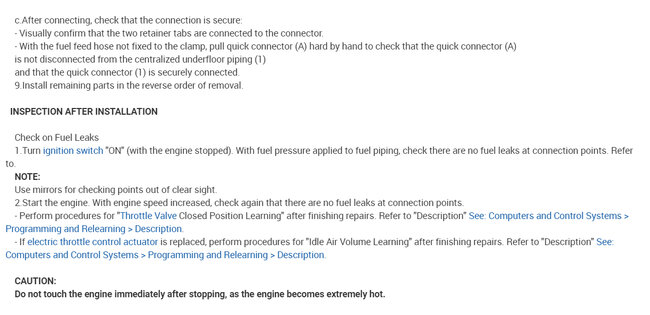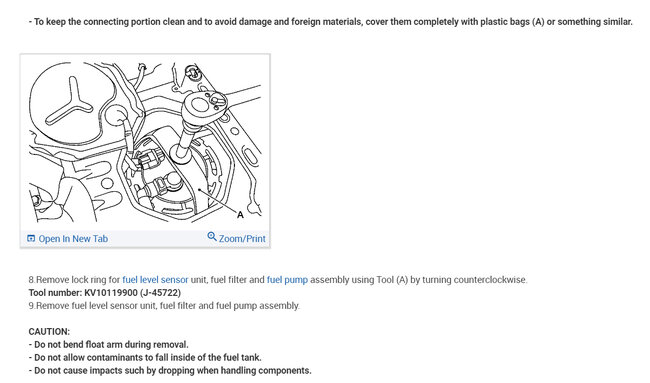Wednesday, February 15th, 2023 AT 11:31 PM
What is the shape of the fuel injectors? I am asking because I was browsing them in the Advance Auto Parts website and they look like very thin objects and their electrical connectors look a lot bigger than the fuel injector bodies, are they shaped like needles? Do they have electromagnetic coils, needle valve armatures, and needle valves? Do they have O-ring seals at their top and bottom sites? I am asking because I can't figure out the answers to the above questions just by looking at the Advance Auto Parts website's pictures of the fuel injectors and because throughout my life I have seen many different shapes of fuel injectors from throttle body fuel injectors with a ball valve shape (needle valve in the Geo Metro throttle body fuel injection) to multi-port and sequential fuel injectors with needle valves and large electromagnetic coils to sequential fuel injectors with disk-shaped valves, are the 2014 Nissan Versa SV fuel injectors energized sequentially in sequence with engine valve timing or are they energized continuously like the pre 1992 Ford Tempo or pre 1991 Ford Taurus? I am asking because I see the SFI abbreviation in the vehicle's emission sticker under the hood of the Nissan Versa, and what happens if those thin fuel injectors go bad or malfunction? Will they prevent the engine from starting up or will they just cause poor performance problems like a rough idle and loss of power? Can their O-ring seals leak and if they leak will they dilute the engine oil? Now let's go to the fuel pressure regulator which I was told earlier that it's located inside the electric fuel pump module in the gas tank and it's not externally located, does that internal fuel pressure regulator have a diaphragm spring, a diaphragm, and a fuel return valve like external regulators used to have? If it goes bad will the engine fail to start or will it run poorly and can it send too much fuel to the fuel injectors and dilute the engine oil? Thank you in advance for your valuable information and I am sorry my post was too long, but I needed to be thorough and relate great details. Alex Stathas
